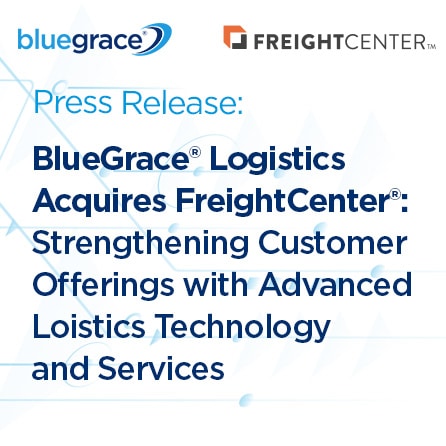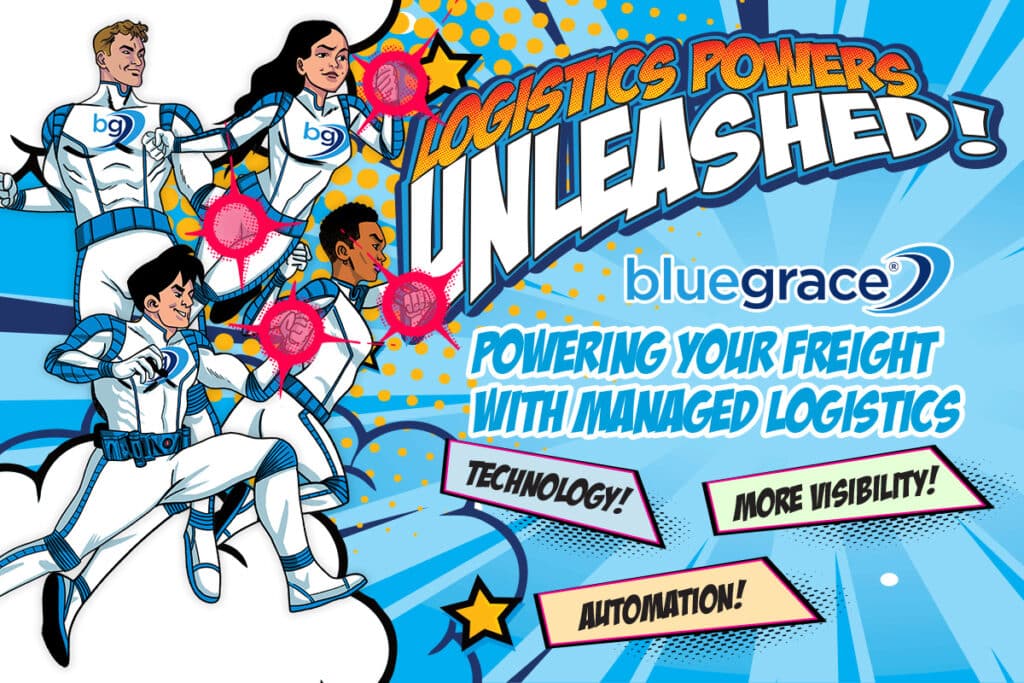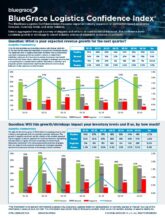
E-commerce has significantly impacted freight, especially for Less-Than-Truckload (LTL) carriers. As more consumers and businesses move to online platforms for purchases, the shipping industry must adapt to new demands. The rise in smaller, more frequent shipments, alongside the need for faster, more flexible and sustainable deliveries, has pushed LTL carriers to evolve. This shift in how goods are ordered, packed and delivered has reshaped not only the way LTL shipping operates but also how it integrates with broader supply chains and customer expectations.
More Frequent and Smaller E-Commerce Shipments
The growth of e-commerce has increased the demand for smaller, more frequent shipments. Customers now expect products to arrive quickly, often in smaller quantities. LTL carriers handle multiple shipments from various vendors on a single route, helping save time and reduce costs by maximizing truck space.
Faster and More Flexible Delivery
The growth of same-day and next-day delivery has pushed LTL carriers to improve route planning, tracking and scheduling. These enhancements help carriers meet tighter delivery windows and ensure accuracy, enabling them to stay competitive in the fast-paced e-commerce market.
Leveraging Technology and Automation
Technology is a key driver in the transformation of LTL shipping. Automated systems like warehouse and transportation management tools improve load management and route optimization. Real-time tracking allows carriers to adjust on the go, while AI and machine learning enhance load planning and reduce deadhead miles.
Tailored Solutions for Small and Medium Businesses
E-commerce has created new opportunities for small and medium-sized businesses, which often ship in smaller quantities. LTL carriers provide tailored shipping options, flexible pricing and enhanced services to help these businesses reach their customers efficiently.
Sustainability in E-commerce Shipping
As e-commerce grows, there’s a greater push for sustainable shipping practices. LTL shipping, by consolidating shipments, reduces the number of trucks on the road, cutting down on carbon emissions. Many carriers are also investing in green technologies, further reducing their environmental impact.
Last-Mile Delivery Challenges in E-Commerce
With more people shopping online, last-mile delivery has become a major focus for LTL carriers. Traditionally handling business-to-business (B2B) shipments, these carriers now face the challenge of delivering to residential addresses. Navigating urban areas, handling narrow delivery windows and meeting higher customer expectations require new strategies and investments in technology.
Smarter Decision-Making with Data
LTL carriers are using data analytics to make more informed decisions. By analyzing e-commerce trends, they can optimize routes, improve load management, and prepare for peak shopping seasons. Predictive data helps them better plan for demand spikes, like those during Black Friday or Cyber Monday.
The Future of LTL Shipping in an E-commerce World
E-commerce is reshaping LTL shipping by driving the need for speed, flexibility and innovative logistics. As carriers invest in technology and sustainability, they position themselves to meet the challenges of a rapidly changing marketplace. LTL shipping continues to play a crucial role in logistics, keeping up with the pace of e-commerce and delivering the products customers expect.





